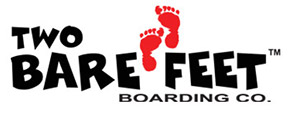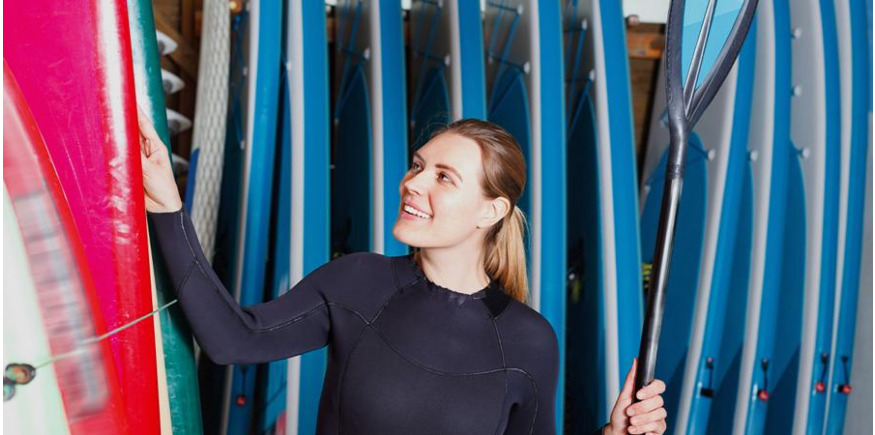Whether you’re new to paddleboarding or a seasoned pro looking for a new board, we’ll guide you through some of the aspects that may affect the type of SUP you want.
Board types
All-round SUP
An all-rounder is a good choice for anyone not seeking to ‘specialise’ in a particular discipline, and just want an ‘unfussy’ option they can use in any situation – from rivers and lakes to open water, and even a little bit of surf.
All-round SUPs offer decent stability and control. Coupled with their versatility, they are an obvious choice for beginners.
However, it should be stressed that experienced riders will also appreciate the ability to ‘switch it up quickly’. An all-rounder offers a reliable all-purpose ride, when boundary-pushing performance isn’t the priority.
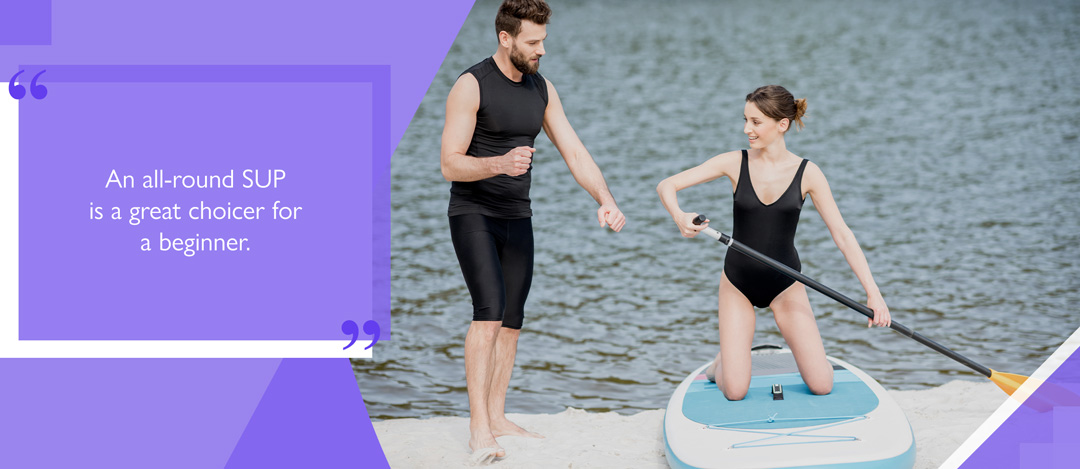
All-round XL SUP
Compared with standard all-round boards, XL all-rounders provide additional thickness (i.e. board depth). 6” thick SUPs support more weight than a thinner board due to the additional volume, which improves buoyancy.
More volume makes an XL SUP a good choice for heavier riders or those who know they’re likely to paddle with a passenger. Length and width can still vary, allowing tailored choices for different uses.
Touring SUP
The elongated design of a touring SUP promotes better balance and straight-line tracking, which can be especially reassuring to new paddlers.
Made for sustained paddling, touring boards reduce fatigue by increasing stability due to overall higher volume, thereby supporting your core. All Two Bare Feet touring SUPs are 6” thick, allowing you to carry more gear on long journeys without compromising on speed.
SUPs for small riders
Selecting the correct size SUP is important to get the most out of your time on the water.
Lighter paddlers intending to go it alone may be better off opting for a smaller board. Using a large, buoyant board without adequate weight forcing it down may cause the SUP to bob on the water’s surface, inhibiting stability and control.
Smaller SUPs designed for surfing and white water are great for smaller riders or children. They offer good buoyancy, and better manoeuvrability compared with large boards.
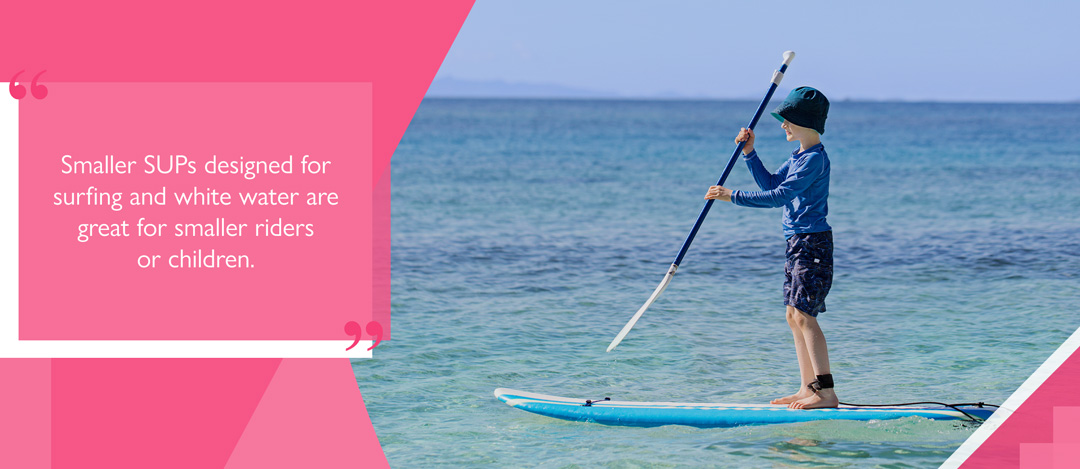
Board size
Variation in length, width and depth can affect the function and performance of a SUP. In general, wider boards increase stability, longer boards increase speed, and deeper boards offer greater buoyancy.
Wider boards distribute weight more evenly, improving balance even in rougher waters. Perfect foot placement is less important on wide boards than narrow ones. It’s worth noting that as boards widen, agility in the water can be impacted.
Narrower boards sacrifice a little stability for a good mix of manoeuvrability and handling. However, as is demonstrated through the design of touring boards, if additional volume is present it will allow for an increased maximum payload.
While the length of the board can affect speed, so too will the shape of the nose. Shorter boards are likely to be less stable. They will often have rounder or squarer noses to compensate for this. Racing SUPs – designed to maximise speed – often have a more pointed nose that allows them to cut through the water.
iSUP build
Reliable inflatable SUPs shouldn’t sag under the weight of the rider or spring a leak. Good quality PVC or combinations of stiffening laminates to reinforce board rigidity helps avoid weakening.
Double-walled fusion (DWF), featured in some of Two Bare Feet’s own boards, is a manufacturing technique which reinforces the board’s exterior skin, increasing longevity and making it safer in harsh waters.
In addition, using high-quality drop-stitch technology for the board’s core ensures that it retains its integrity and maintains a rigid shape, while keeping it lightweight.
Some Two Bare Feet boards have additional deck grip, providing extra hold for the rider regardless of foot placement, and an additional layer of protection from sharp objects.
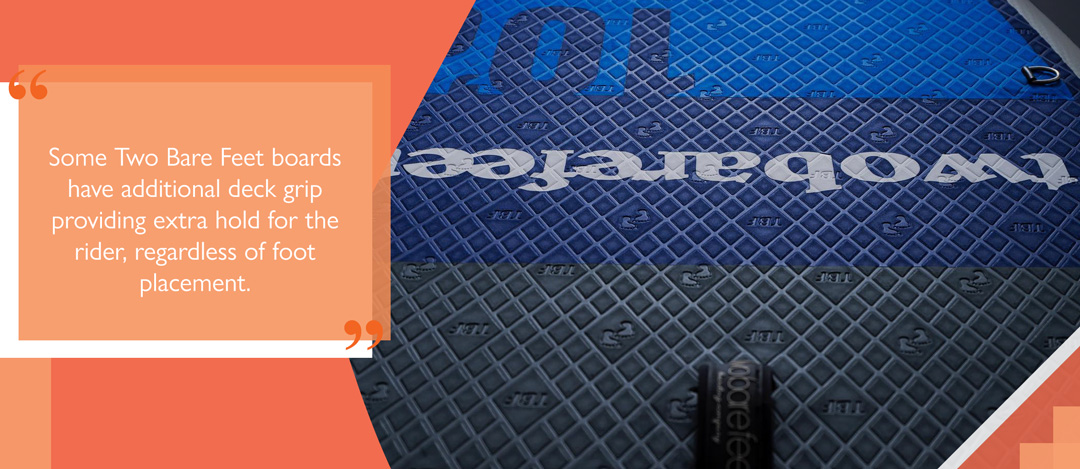
Choosing the right inflatable SUP
It may take some time (and experimentation) to find the type of board that best suits your needs. Knowing you can rely on high-quality manufacturing helps take the pressure off your decision.
With a wide range of colours and prices, there’s an inflatable paddle board to suit everyone at Two Bare Feet. If you’re a beginner starting out, why not check out our Beginner/Entry SUPs selection?
You can find further advice on our blog. It contains a wealth of useful and practical advice for prospective SUP shoppers, whether you need help to find the right size board or better understand how to care for your iSUP during the off-season.
Remember: you can also contact our experienced team with any further questions.
